October 15, 2018
The Impacts Of The Ash
At a public hearing held by the U.S. Environmental Protection Agency, people from communities across the United States showed up to explain how coal ash contaminates our lives.
Mabette Colon Perez
Puerto Rico
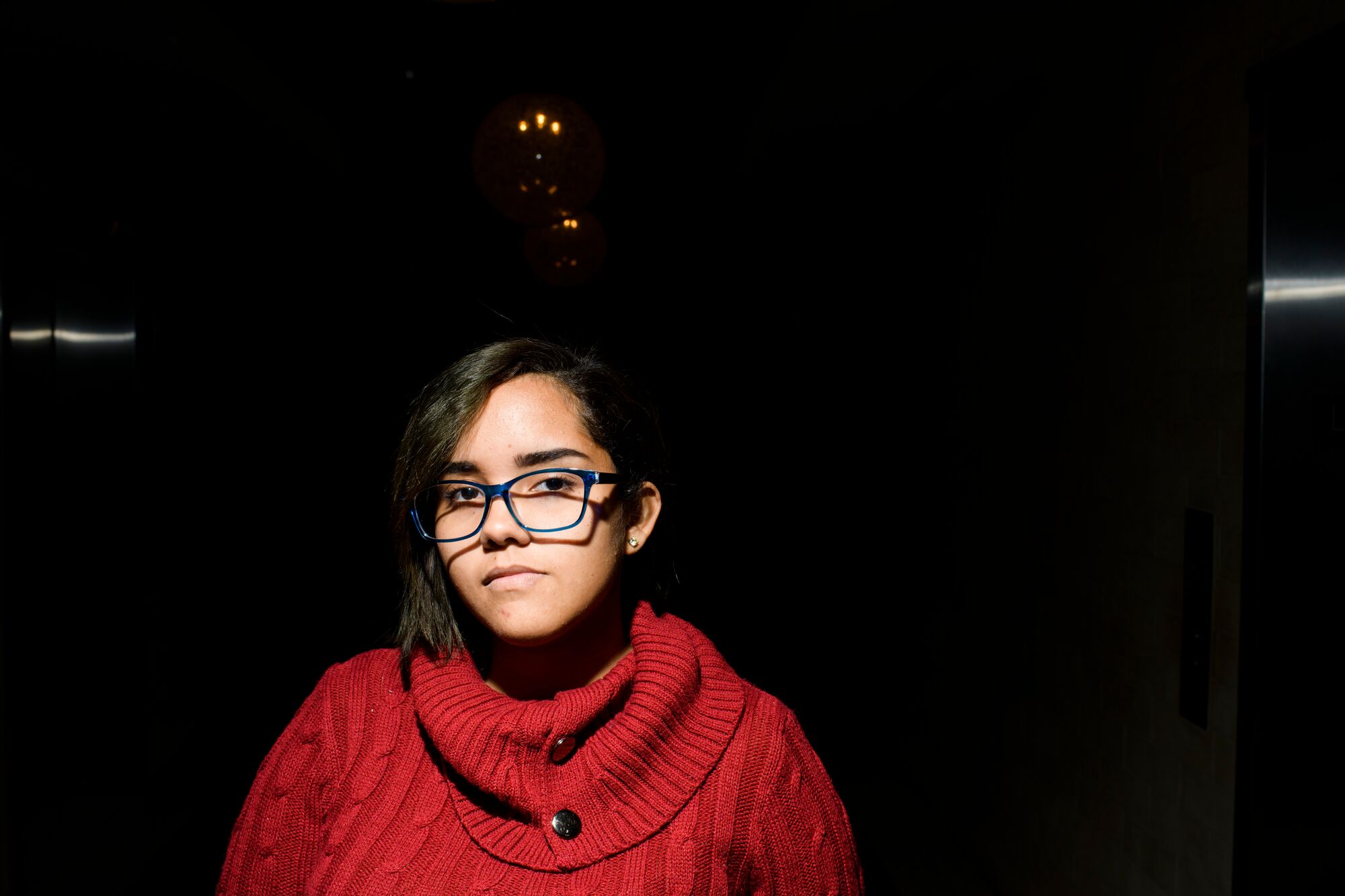
“Sometime it feels like burning in the nostrils. It makes your skin very itchy and turns your eyes red.
"It fills you with anxiety, because the noise from the plant is loud and constant. There is no sleeping.”
At Mabette Colon’s home in Guayama, Puerto Rico, dark gray coal ash from the local power plant continuously drifts through the cracks of windows, covering furniture and clothing.
Mabette, a high school senior, left Puerto Rico for the first time to travel to Washington, D.C., and testify at the 2018 EPA hearing about why coal ash protections matter. (More on Mabette's story.)
Andrew Rehn
Illinios
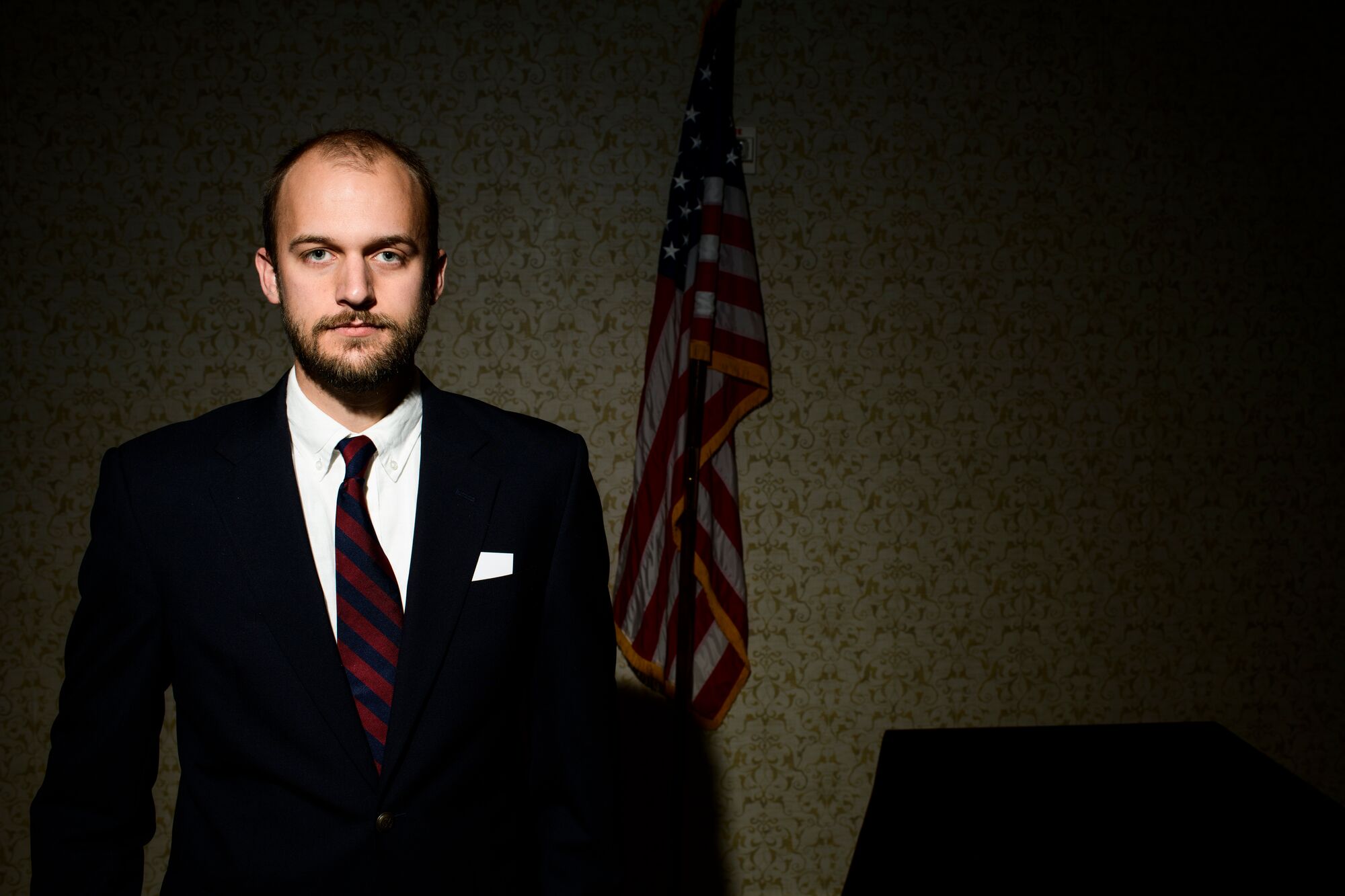
“The Middle Fork of the Vermilion River, Illinois’s only National Scenic River, is constantly being polluted by toxic coal ash that Dynegy just dumped into the floodplain.
“We need laws that protect the people of Illinois and the environment from bearing the costs of big companies mismanaging their waste.
“I spoke at the April 24 hearing because the U.S. EPA needs to know that it should be doing more, not less, to safeguard public health and the environment from the threat of coal ash.”
Andrew V. Rehn, a water resources engineer at the Prairie Rivers Network, kayaked the Vermilion River to document seepage of toxic coal ash into the waterway.
Earthjustice attorneys represented Prairie Rivers Network on the D.C. Circuit Court of Appeals petition for review filed on Oct. 22, 2018 and on a federal lawsuit filed on May 30, 2018, to force a clean up of the coal ash dumps.
Ruth Santiago
Puerto Rico
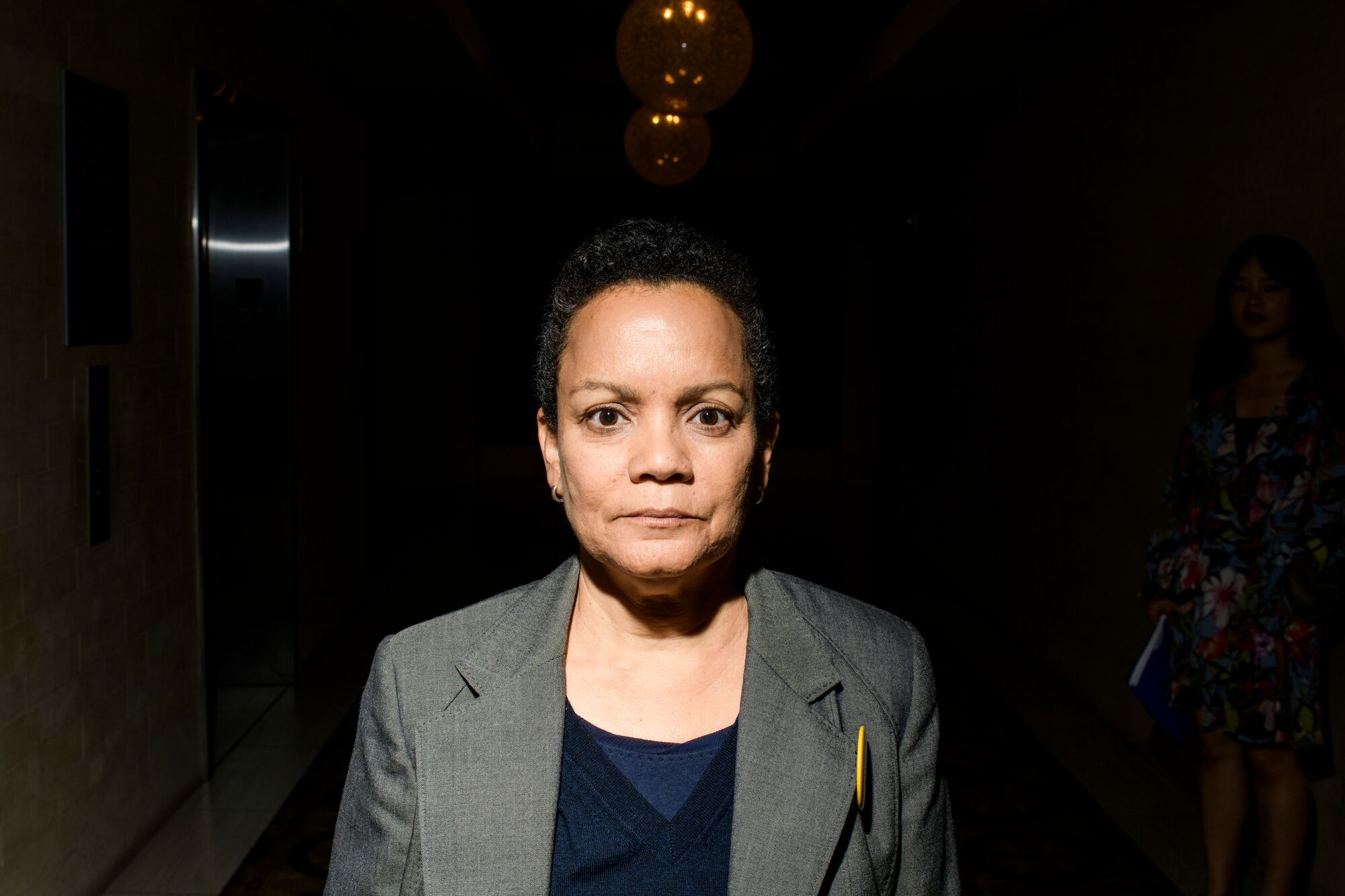
“In Puerto Rico, there is a lot of coal ash right above the sole source aquifer for tens of thousands of people.
“Up to about 2011, they were using the coal ash as ‘fill’ material at different construction sites, both residential and commercial, and road construction sites above the South Coast Aquifer. AES called it ‘AgroMax’ They tried to pass it off as a useful material.
“Now, no one here wants it. None of the industrial plants, not the cement plant, not the glass manufacturers. No one wants their coal ash. So they keep piling it up on site.”
Ruth Santiago is a lawyer with Comité Diálogo Ambiental, a community group in southeastern Puerto Rico protecting watersheds and land, including from coal ash pollution. Ruth has represented Puerto Rico as a Clean Air Ambassador.
Dailan Jake Long
Navajo Nation
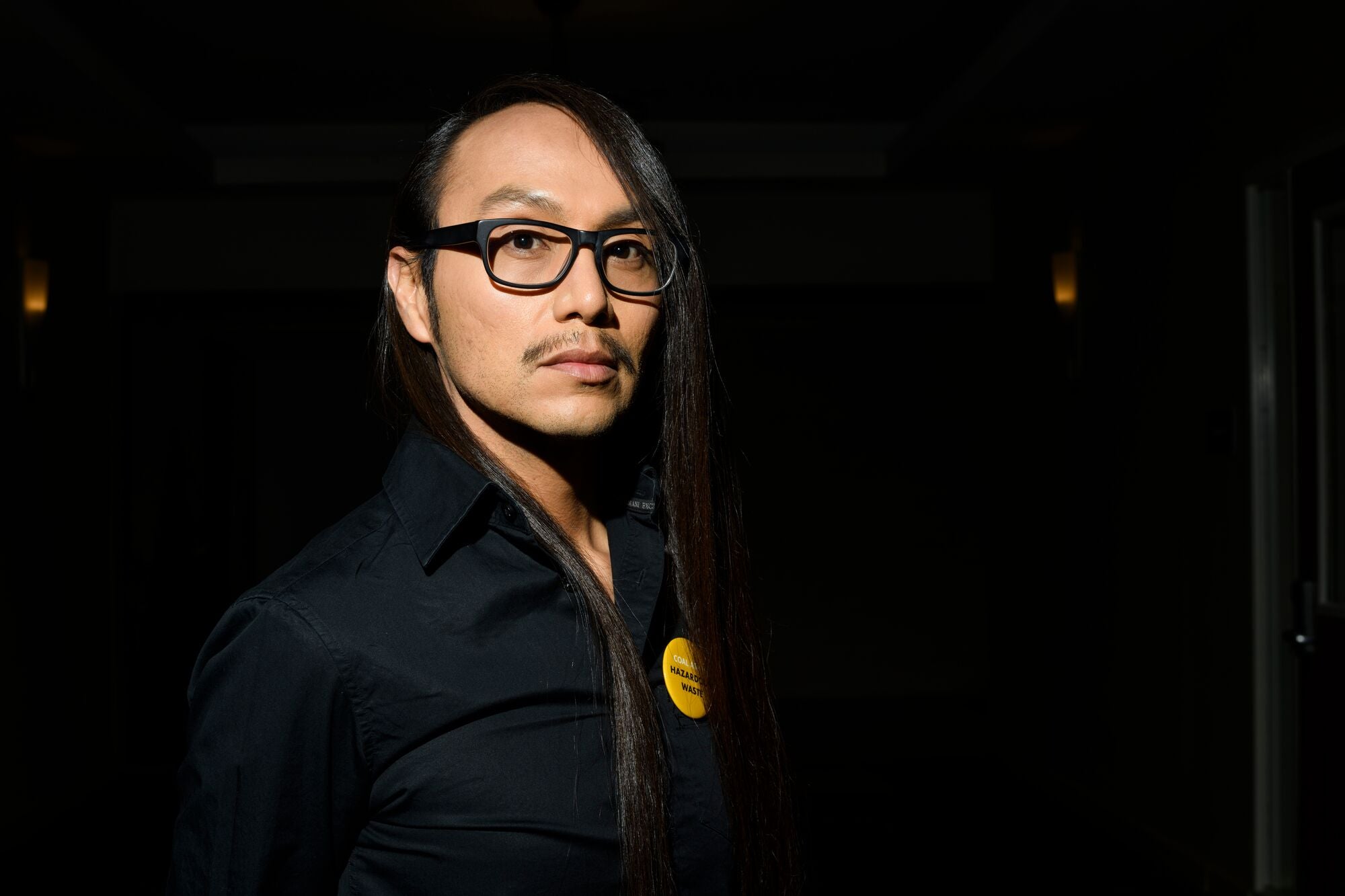
“I reside in a region comprised of traditional Navajo individuals who are Navajo-speaking, some of whom sacrificed their lives by using our language to defend this country in World War II. The EPA ignores these voices by limiting public commenting periods for tribal citizens, including our veterans, who are directly impacted by these proposals.
“Tribal residents experience an ongoing violation of human rights and environmental degradation as a result of pro-industry manipulation of the EPA.
“EPA must also acknowledge the persistence of indigenous populations and that the administration’s assault on our lands will be met with legal ramifications and resistance.”
Dailan Jake Long is a member of the Navajo Nation.
William Henry “Dink” NeSmith, Jr.
Georgia

“Surrounding states — Florida and the Carolinas — are using Georgia as a dumping ground for their toxic coal ash. We need stronger regulations to prevent that.
“At the same time, Georgia has its own coal ash problem — millions of tons. In my hometown of Jesup, we’ve already had a spill of beryllium from coal ash. The landfill sits atop of the Floridan Aquifer, and it is surrounded by wetlands and streams draining to Georgia’s coast.
“We must act now or be sorry — very sorry — in the future. When I’m gone, I don’t want our eight grandchildren ask, ‘Why didn’t Grandpa fight harder to protect us?’”
William Henry “Dink” NeSmith, Jr., is the president of Community Newspapers, Inc., in Athens, Georgia.
Monitoring reports have revealed that unsafe disposal of coal ash at Georgia’s coal plants are severely polluting the underlying groundwater. (See a national map of groundwater contamination from coal ash.)
Dr. Yolanda Whyte
Georgia
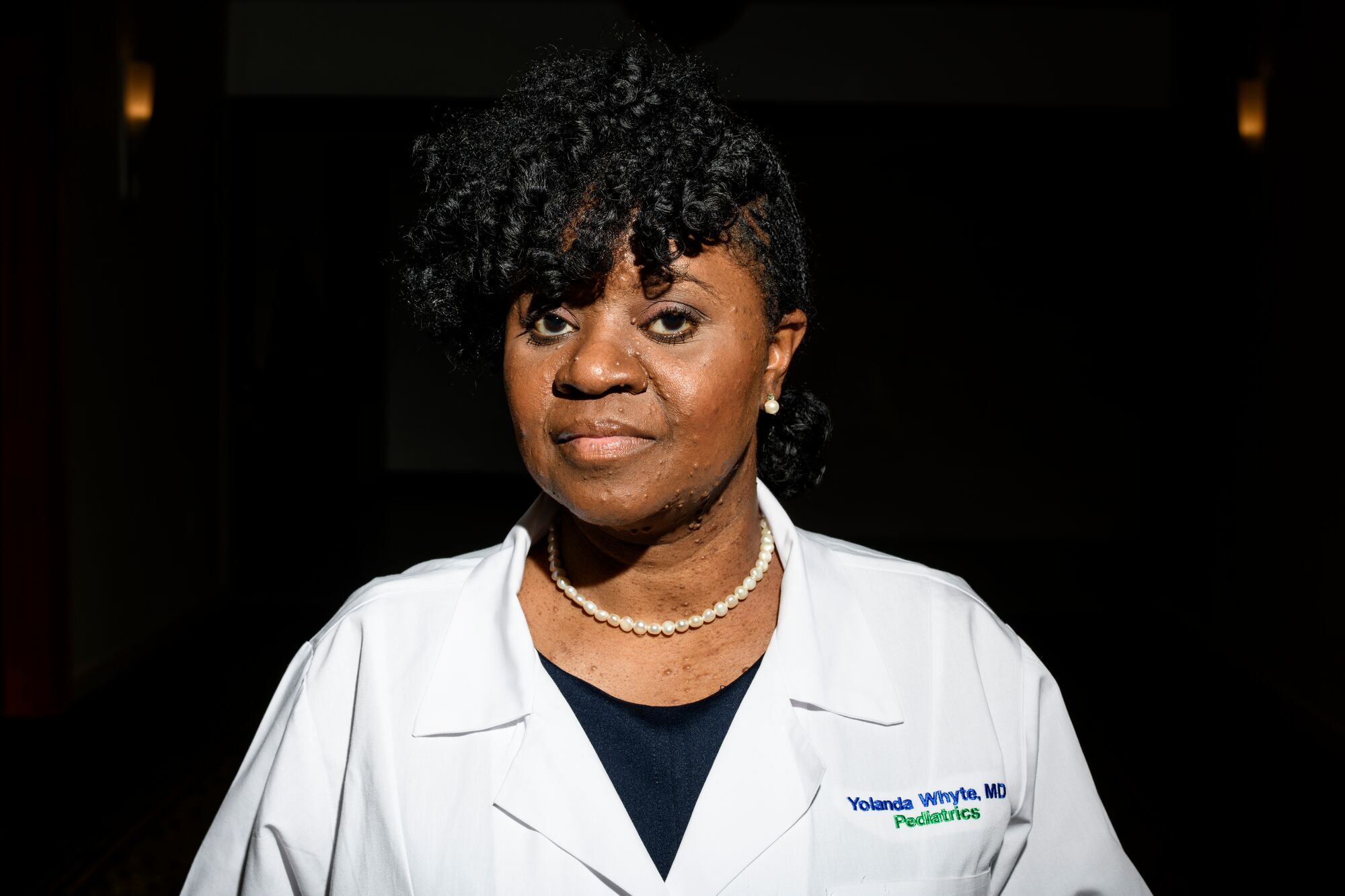
“As a pediatrician, the greatest impact I can make in a child’s life is to provide their family with anticipatory guidance on how to keep them healthy. However, there is no guidance to prevent the rise in cancer, autism, speech delay or other neurodevelopmental problems that we are seeing in children.
“Prevention lies in the EPA’s ability to reduce our exposures to coal ash, being the most significant source of the carcinogens and neurotoxins that are associated with these conditions.
“It was important for me to protect children — and also economic and environmental justice communities — by speaking on their behalf at this hearing, so that the EPA does not roll back the necessary coal ash protections that we so desperately need.”
Dr. Yolanda Whyte is a pediatrician based in Atlanta, Georgia.
Dr. Avner Vengosh
North Carolina
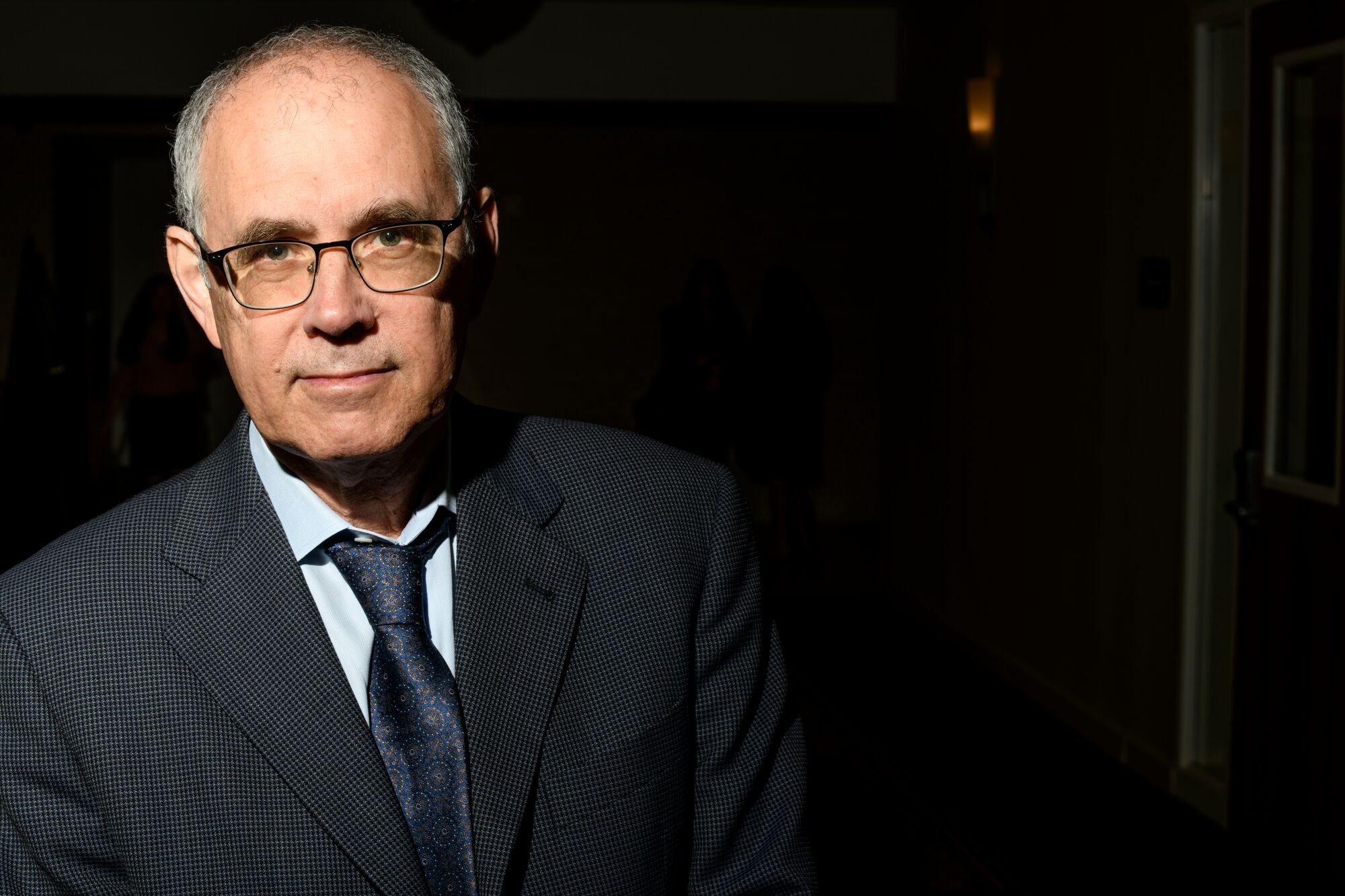
“We have demonstrated in numerous cases that contaminants that are leached out from coal ash pose environmental and human health risks. We have provided the scientific evidence for the actual impact of coal ash contaminants on groundwater resources from leaking and spills of coal ash ponds.
“The 2015 EPA rules were the first step to mitigate the long-term environmental effects of coal ash contamination. Yet the new proposed EPA amendments will make these safeguards non-useable. My duty as a scientist is to protect the people who live next to coal ash ponds.
“I came to speak with EPA to present the scientific evidence for coal ash contamination and remind them that they have similar duties in protecting the environment and human health from coal ash.”
Dr. Avner Vengosh is Professor of Earth and Ocean Sciences at the Duke University’s Nicholas School of Environment.
Earl L. Hatley
Oklahoma
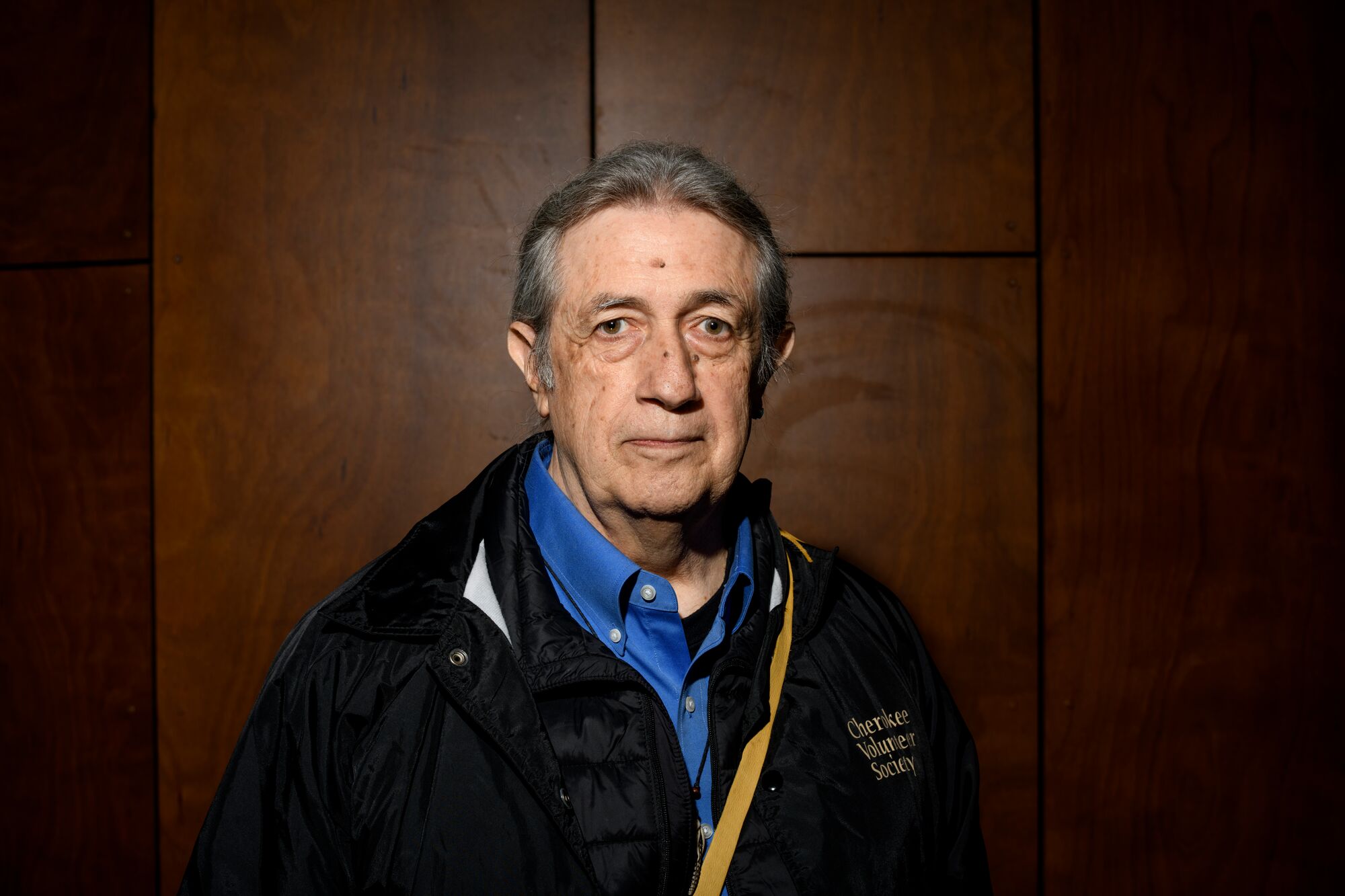
“I know people who have died from cancer and chronic obstructive pulmonary disease close to the ash landfill site. I have worked to get them help — so far without any luck.
“We don’t know why the state won’t come down on the landfill without a meaningful result, just slaps on the wrist.
“Politicians give nothing but promises. We need high-power lawyers, and there is no money for it. We are going up against the industry, and if the state and the EPA don’t have our backs, we are on our own.”
Earl L. Hatley is co-founder of L.E.A.D., an environmental justice organization.
As the Grand Riverkeeper in Oklahoma, he works to protect Grand Lake and the upper Grand River Watershed, in conjunction with Waterkeeper Alliance.
Dr. Indra Frank, MD, MPH
Indiana
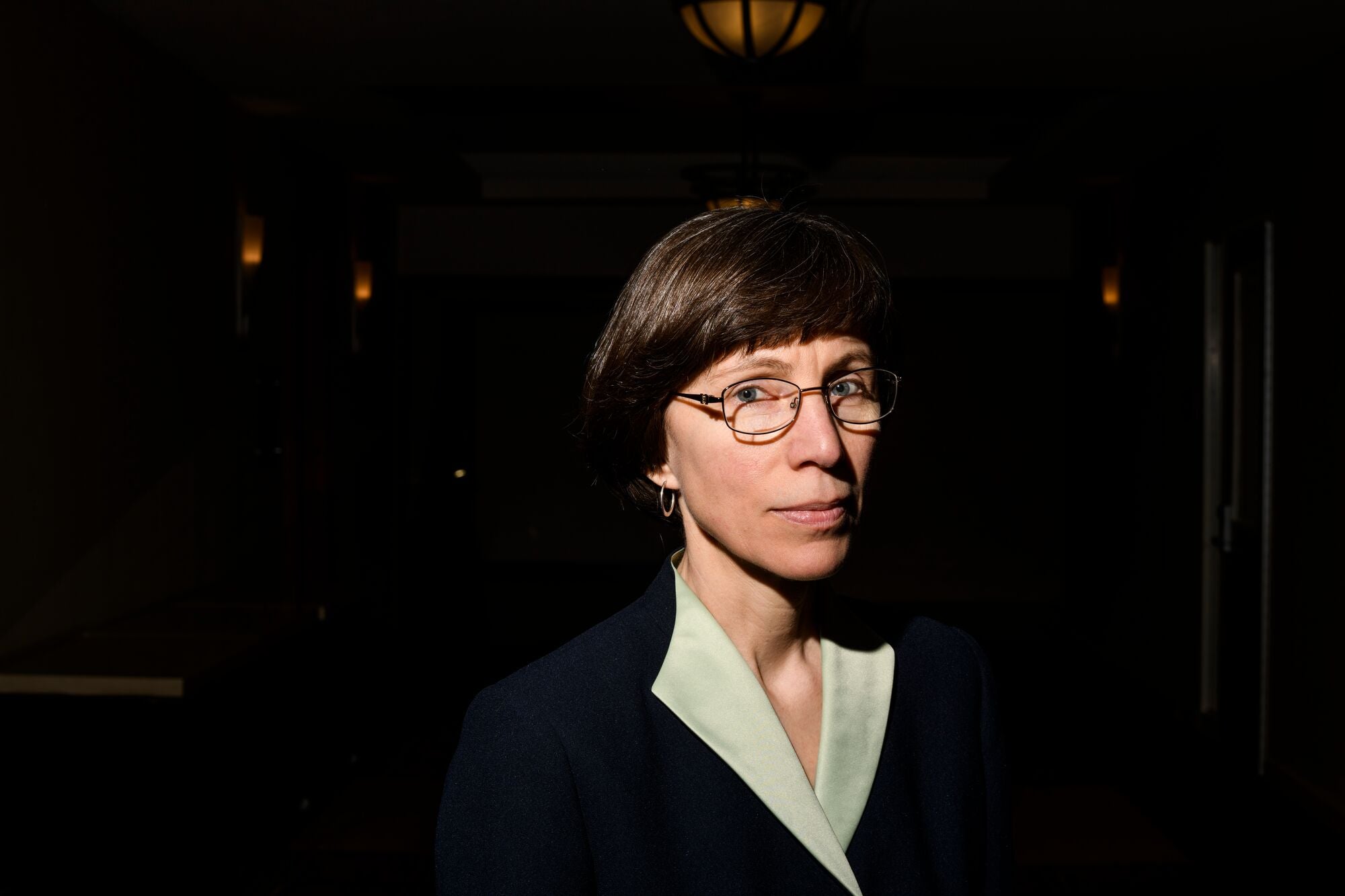
“Since there were no regulations on coal ash disposal, they did it in the cheapest ways possible, which was putting it right next to the coal plants, which were right next to major rivers and Lake Michigan. My biggest concern is for Indiana’s water resources.”
Indra Frank, MD, MPH, is the Environmental Health Director at the Hoosier Environmental Council in Indiana. The state-wide organization works to protect forests, groundwater, and lakes.
Patricia Schuba
Missouri
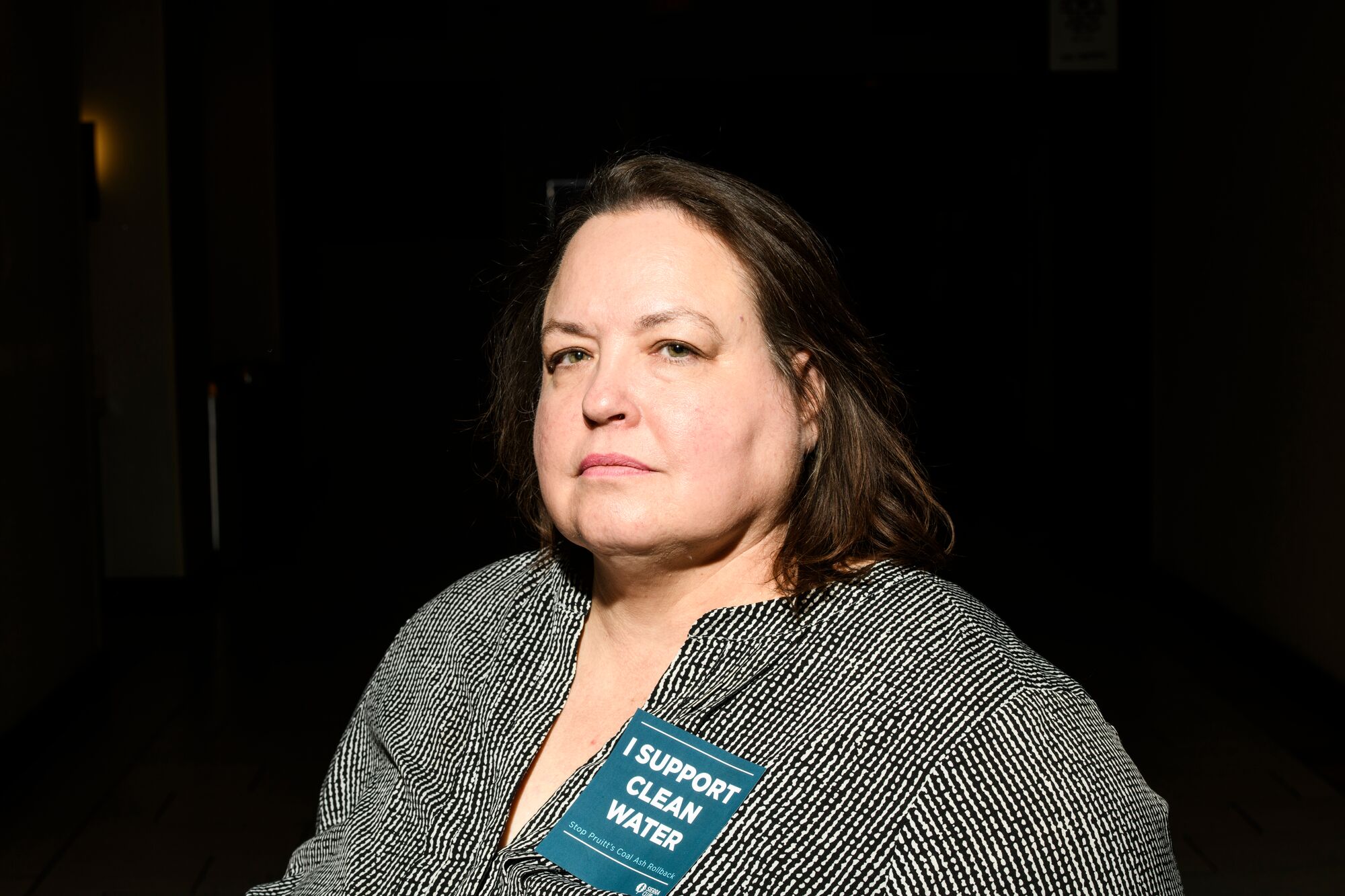
“I live near Missouri’s largest and dirtiest coal-fired power plant.
"The air emissions and the fugitive coal ash dust that blow into our community don’t have to be our reality. For the children of this world, we can replace this outdated energy technology with modern, clean methods of energy generation.”
Patricia Schuba is president of the Labadie Environmental Organization, a grassroots, community-based group in Missouri. (More on Patricia’s work.)
Alivia Hopkins
Illinois
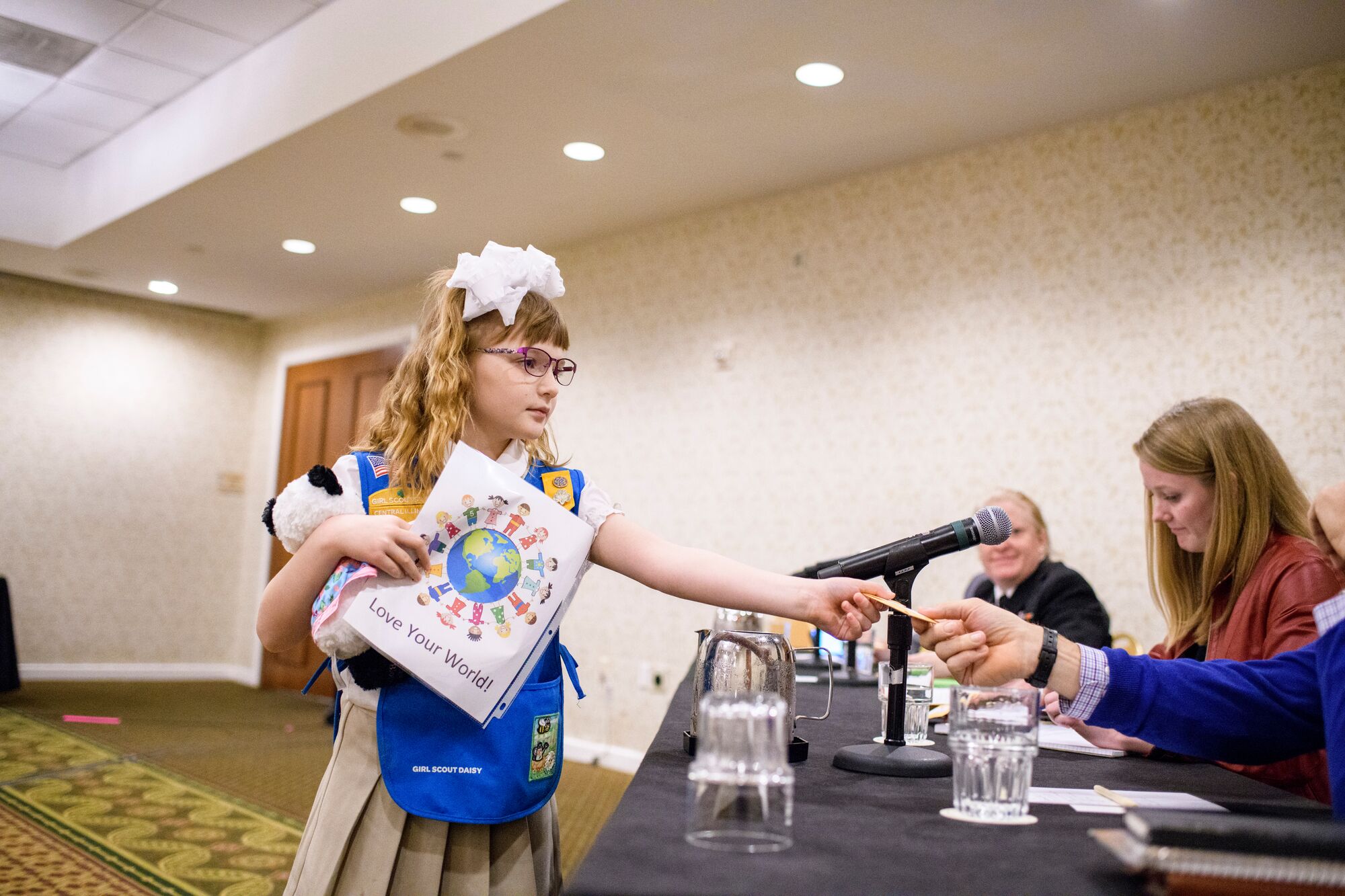
“As a Girl Scout, I make a promise to protect earth’s resources, and children are a pretty precious resource.
“That is why I hope others will get involved to make a meaningful difference in preventing coal ash contamination.
"Love your world!”
Alivia is eight years old and a Girl Scout.
Ameilia Hopkins
Illinois
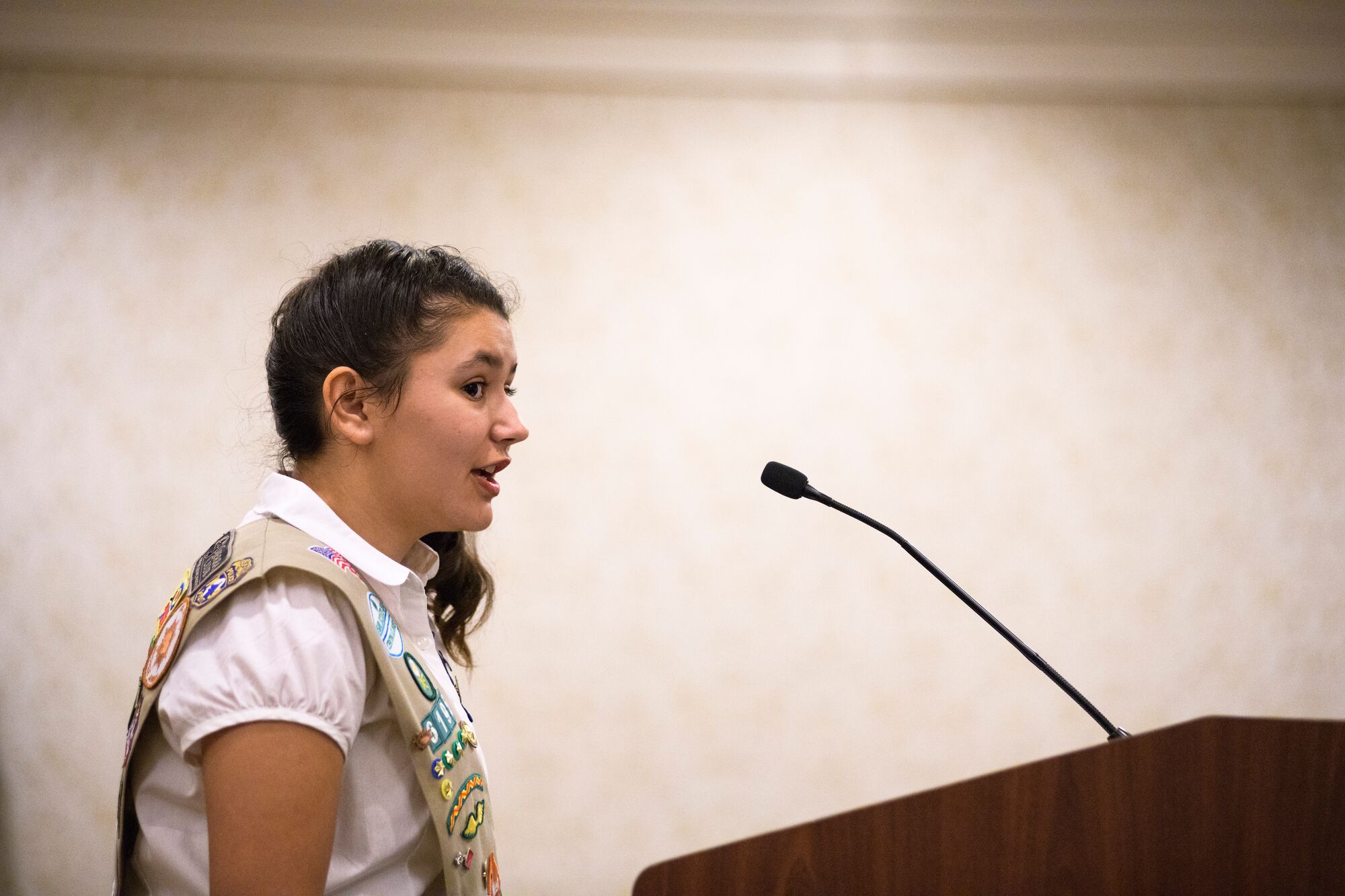
“There are over 1.4 million children living near coal ash ponds across the United States. These ponds contain highly toxic substances that can lead to lifelong health problems such as heart, lung, and kidney failure. Even worse is the potential of brain damage in infants.
“It is important that we raise awareness now, rather than waiting for the next disaster to discuss how to clean it up.
“It is important that other youth get involved, because we will be inheriting what others leave behind.”
Alivia is thirteen years old and a Girl Scout.
Lisa Evans
Attorney, Earthjustice

“For two decades, I have witnessed families harmed by dumping of toxic coal ash. This damage is senseless, unjust and preventable.
“Under Trump, we are losing hard-won protections of our air and water. We must stop this rollback and protect our nation’s most vulnerable communities.”
Lisa Evans is an attorney at Earthjustice specializing in hazardous waste law. She has represented communities fighting coal ash pollution on many lawsuits, including the multi-year legal fight that led to the first-ever federal safeguards on coal ash dumps.
Four months after this hearing, the D.C. Circuit Court of Appeals handed a pivotal victory to the American public in a lawsuit brought by Earthjustice, on behalf of public interest groups.
In a lifesaving shift, the court’s Aug. 2018 order required U.S. EPA to increase protections for coal ash waste sites, casting serious doubt on the legality of the agency’s attempts to undermine current standards. (Read an explanation of the court decision.) Meanwhile, the rains and flooding brought by Hurricane Florence the following month threatened disaster at coal ash waste sites throughout the southeast.
Earthjustice attorneys filed more than 120 lawsuits to stop the Trump administration’s attempts to illegally gut environmental and health protections — including a petition for review to the D.C. Circuit Court of Appeals, challenging the U.S. EPA rule designed to gut safeguards of coal ash disposal.
For coal ash, the winds are shifting. Earthjustice continues to work alongside impacted communities to bring industry and federal agencies accountable to the law.
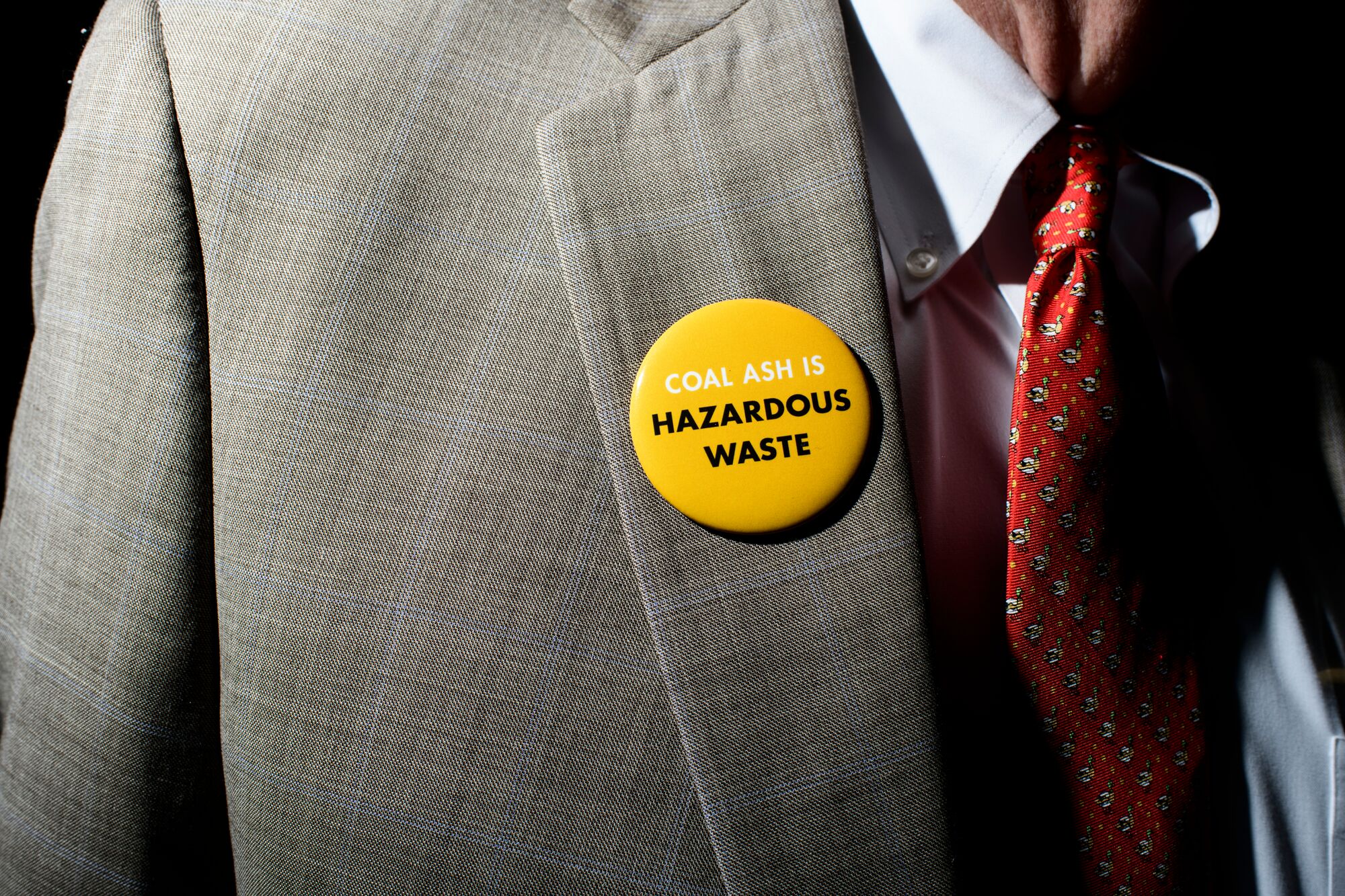
Earthjustice’s Clean Energy Program uses the power of the law and the strength of partnership to accelerate the transition to 100% clean energy.